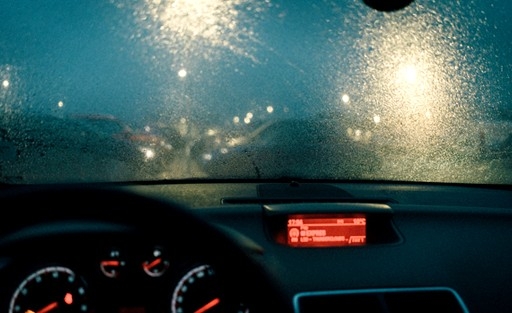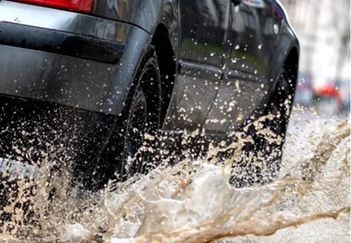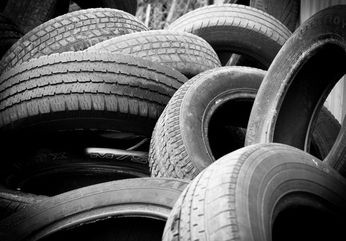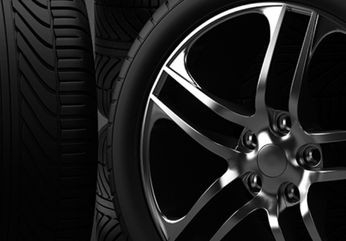
Six Wet Weather Driving Tips
Driving in the rain is never ideal, but weather conditions are unpredictable, making it something all drivers must prepare for and expect before they hit the road.
The combination of heavy rains + wet tyres + wet roads can be hazardous, not just for you but for other drivers. It affects visibility, leaves standing water on the road, and makes your tyres lose grip which can cause you to lose control of your vehicle.
To help you stay safe on the road, here are six tips for driving in wet weather.
1. Avoid driving in bad weather.
If you have not yet started your trip, wait for the bad weather to clear up if possible.
2. Keep your vehicle in good condition.
-
Wipers
Wiper blades wear out and deteriorate over time. Change them once a year to so you're prepared when the rains come.

-
Brakes
With your brakes in good condition and the brakes pads not worn down, you'll be able to stop more confidently.
If your car has standard brakes and you need to stop on a slippery road, don't press too hard on the brakes and follow a pattern of press (to gain control) and release (if you feel yourself skidding) and back until you slow down.
If you have anti-lock brakes, double your following distance and step on the brakes with full pressure if you have to stop suddenly. Expect a fluttering on the brakes, which is normal and means that the computer is currently locking and unlocking your brakes.
-
Headlights
Keep your headlights clear and bright and turn them on once it starts raining. They will help you see the road ahead and help your car stay visible to other drivers. Don't turn the high beams on though, because, you could blind the vehicle in front of you.

-
Tyres
Check your tyre tread monthly to ensure they are not worn down, especially before news of impending bad weather. Your tread should be at least 3mm in height to guarantee it will still be able to grip the wet roads.
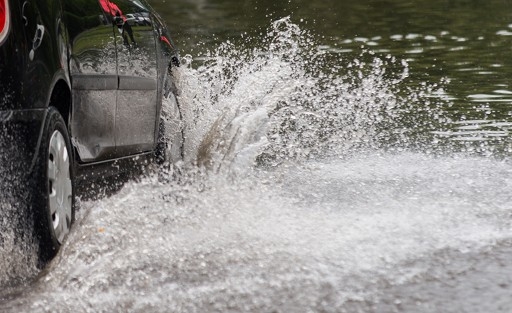
3. Reduce speed
In wet weather, reduce your speed by a third. Driving fast increases your chances of hydroplaning. Ease your foot off the accelerator and go below the speed limit to have greater control of your vehicle.

4. Keep a safe distance
It takes longer to stop and brake on slick, wet roads. Maintain a safe distance from the cars in front to avoid an accident or slamming hard on your brake pedal, resulting in skidding
The extra space will allow you to brake and stop safely without any crashes. You can also turn, merge and slow down in intersections safely.
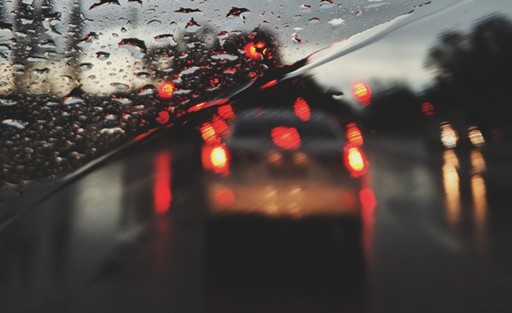
5. Avoid puddles & standing water
If possible, drive in the middle lanes because water collects on the outer lanes near road shoulders.
Avoid puddles and standing water; they may be hiding potholes or craters that can damage your vehicle.
Puddles might also cause hydroplaning, especially if you go over them at higher speeds. Drive in the tracks of the cars up in front to ensure a safer drive.
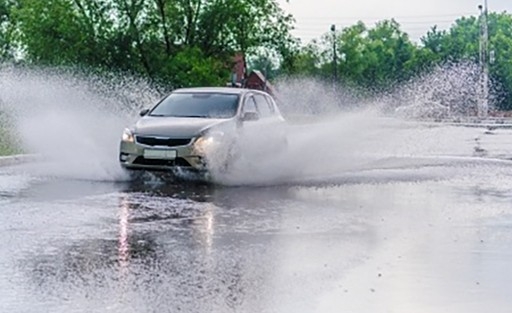
6. Hydroplaning
Hydroplaning occurs when a thin layer of water forms a barrier between the road and your tyre's contact patch, preventing the tread from gripping effectively. Your tyre will lose traction immediately, and you can slide and spin out of control. If this happens, calm down and steer gently into your slide.
Don't turn in the opposite direction but turn your steering wheel into the same direction of your skid while slowly pumping the brakes to regain control.
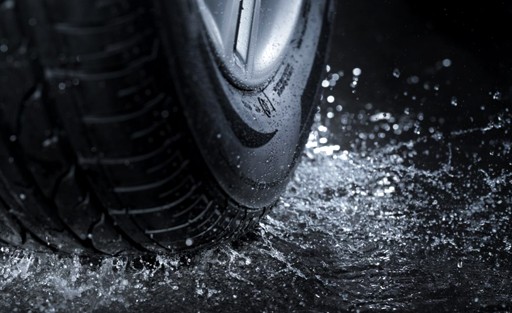
If you need to upgrade your summer rain tyres or all-season tyres, check out the wide selection of tyre brands at Tyroola today.
Liked this info? Check out our other driving and tyre guides!
